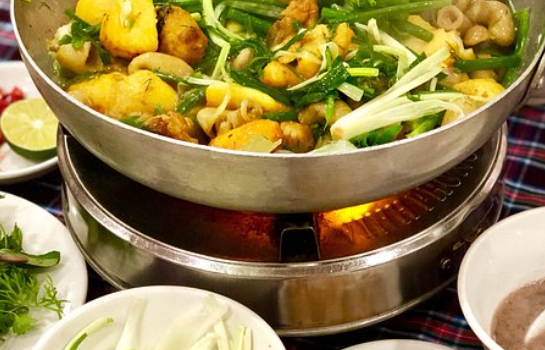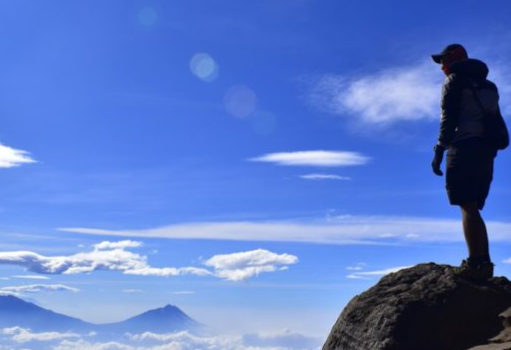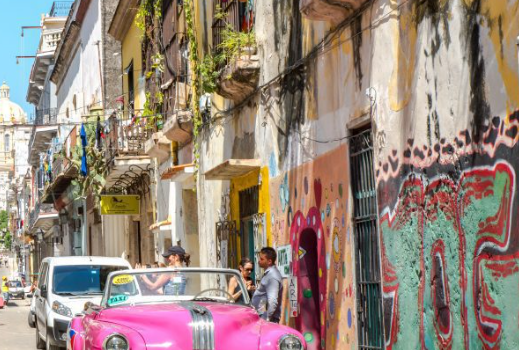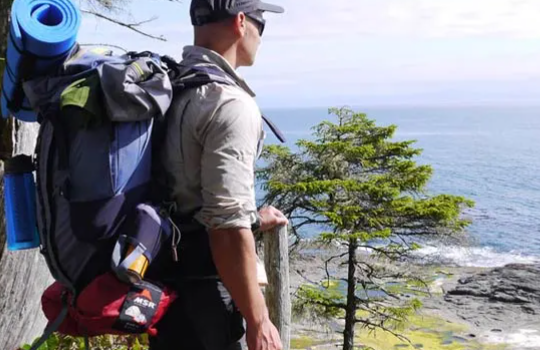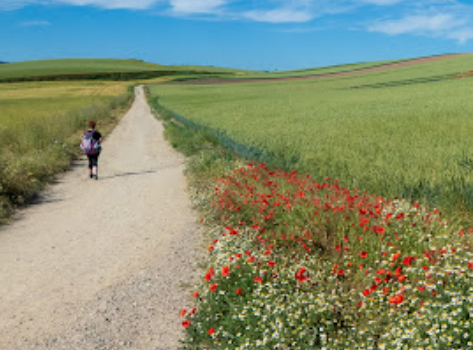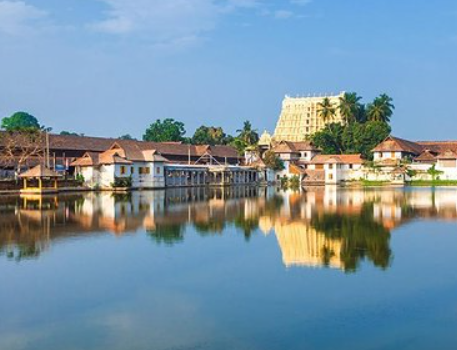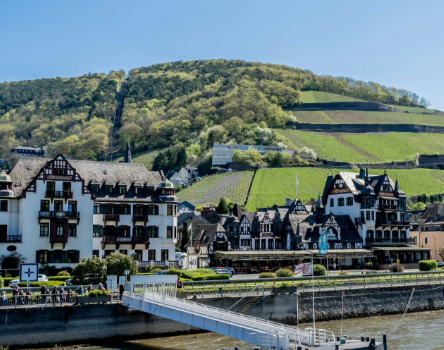
When you come across a street named after a dish, you’d expect the food to be outstanding, right? Well, that was the case for us when we arrived at Cha Ca Street in Hanoi, Vietnam, eager to try the famous Cha Ca fish dish. This dish is so beloved by the locals that the street is named after it, which made it all the more intriguing. However, what followed was not the culinary adventure we had hoped for.
Cha Ca, a turmeric-spiced fish, is a popular dish in Hanoi, and we couldn’t resist the temptation to try it in its home city. We made our way to the Old Quarter, where Cha Ca Street is located, and found ourselves at the first restaurant that caught our eye. Despite the vibrant setting and the dish’s glowing reputation, the reality didn’t quite live up to the hype. While Cha Ca is visually appealing, the flavor was underwhelming at best. On a scale of 1 to 10, I’d rate it a 5—mediocre at best. The fish lacked flavor, and the turmeric-spiced sauce it was cooked in was little more than oil. The only way to enhance the dish was by adding some fresh coriander and a splash of fish sauce. Having been spoiled by the incredible food in Thailand, it was hard not to feel disappointed by the simplicity of the dish.
What made matters worse was the price. We paid 340,000 Dong (around $16) for the meal, which felt like a rip-off considering what we could have enjoyed elsewhere for the same price. The dish may have looked appealing, but the lack of depth in flavor made it feel more like something you’d expect at a hotel buffet rather than an iconic street food experience.
The Tourist Trap
Our visit to Cha Ca Street quickly turned into what could be considered a tourist trap. As soon as we approached the corner, we were flagged down by a tout under the bright neon lights of a restaurant. With arms waving frantically, it felt like a desperate sales pitch for a cheap suit. We opted to continue down the street and eventually chose a more inviting spot that appeared to be filled with locals. Or so we thought. Once seated, we realized that the place was actually full of Asian tourists and a handful of Westerners. It turned out we had unknowingly walked into “The Oldest Restaurant of Vietnam,” a title that didn’t exactly impress us. It wasn’t history or authenticity we were after—it was good food, and unfortunately, this didn’t deliver.
The Letdown
When we sat down, we expected a satisfying meal, but no more Cha Ca arrived at our table. We waited, staring at each other, wondering if maybe there was more to come. Was this a buffet-style meal? But the bill eventually came, and we were charged 340,000 Dong ($16). While it may not seem too expensive at first glance, let me put it into perspective. Just down the road, at the Bia Hoi street, you could buy 68 glasses of beer for the same price. At a nearby Banh Mi stall, that amount of money would’ve bought us 22 meat-filled baguettes. Feeling unsatisfied, we ended up buying a baguette and some pastries on our way back to the hotel.
As we walked back, we couldn’t help but reminisce about the delicious fish dishes we had enjoyed throughout Southeast Asia. We thought back to the Chu Chee Pla in Isaan, which was half the price, but twice the size and flavor. It was hard not to compare this experience to the other incredible meals we’ve had during our travels in the region, and this Cha Ca dish simply didn’t measure up. This was, unfortunately, the first time I felt genuinely disappointed by a meal in Southeast Asia.






